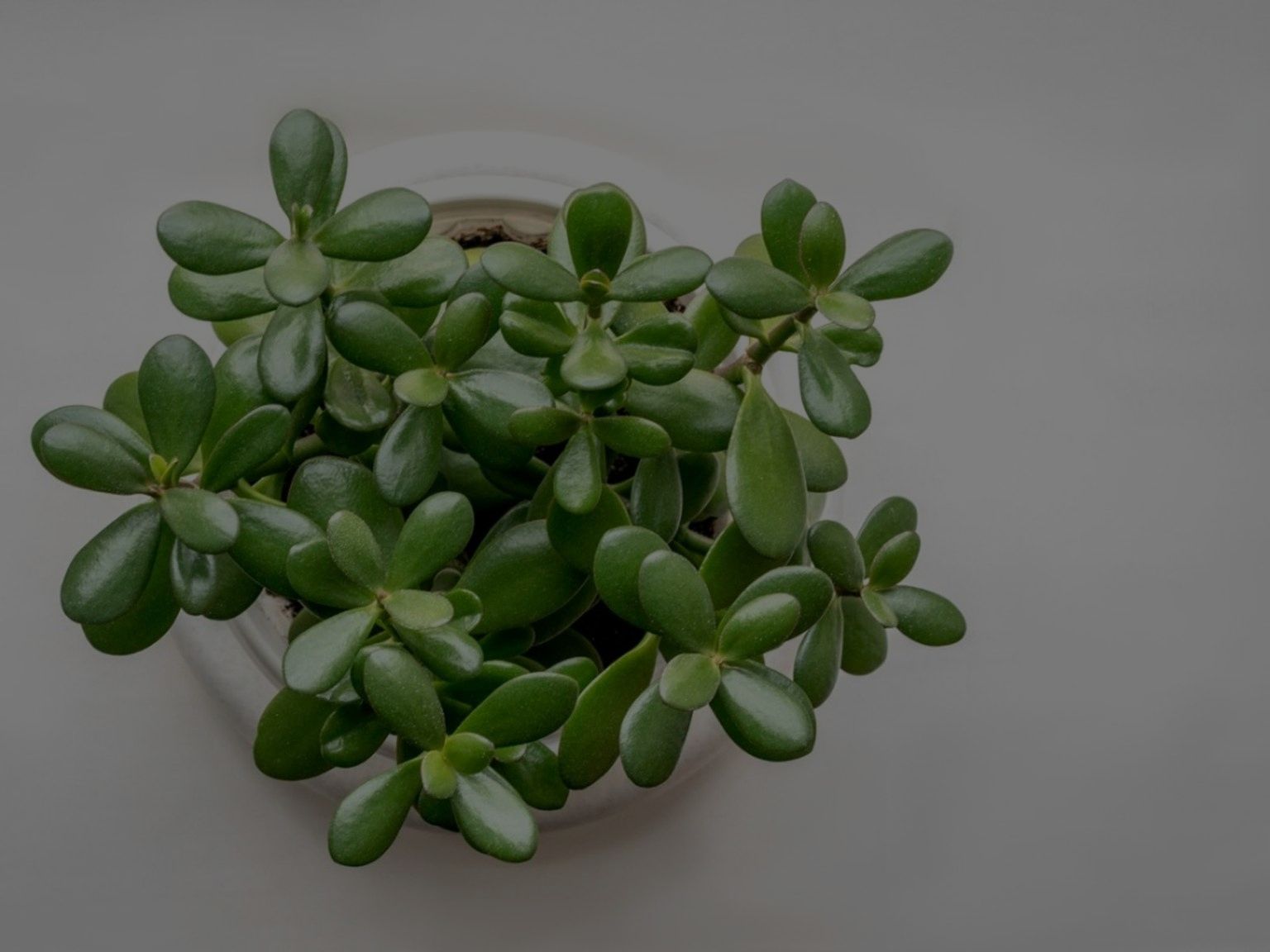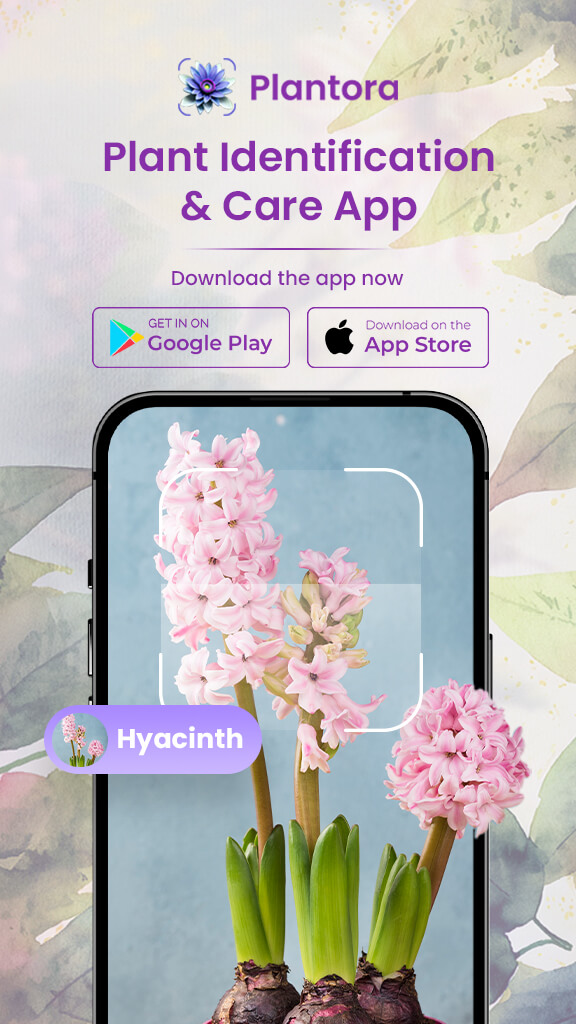
Jade plants, scientifically known as Crassula ovata, are popular succulents that are commonly used as houseplants due to their beautiful appearance and low-maintenance nature. These succulents, which originated in the desert regions of Mozambique and South Africa, have adapted to flourish on rocky, dry soils, which makes them extremely drought-tolerant. Jade plant care is necessary as it is frequently associated with success and prosperity across cultures, especially in Asian customs where they are thought to draw wealth and good vibes.

5 Benefits of Jade Plant
The jade plant is not just important due to its aesthetic appeal but also holds great significance due to the following reasons:
- Improve Air Quality
- Cultivate positive Feng Shui.
- Low maintenance
- Reduces stress
- Help to combat allergies
Therefore taking jade plant care seriously is important.

1. Improve Air Quality
Hazardous airborne pollutants like volatile organic compounds (VOCs), including benzene and formaldehyde, are present in the home, and jade plants absorb them. They help keep humidity levels stable by storing moisture in their thick, fleshy leaves. Jade plants are also great for offices and bedrooms since jade plant care is easy and they continue to release oxygen at night, creating a healthier interior atmosphere.
2. Cultivate positive Feng Shui
Jade plants attract luck, prosperity, and money, which helps to build positive Feng Shui. Their coin-shaped, spherical leaves stand for prosperity and economic expansion. Energy flow is improved by placing a jade plant next to doors, workplaces, or wealth corners (southeast). Its resilient and harsh weather survival ability makes it a sign of strong good fortune, stability, and positive energy.
3. Low maintenance
Jade plant care is very easy, as it needs very little effort to flourish, making it the ideal choice for a houseplant. It requires well-draining soil, little watering, and indirect sunlight. It is drought-resistant due to the water-storing capacity of its thick, fleshy leaves. Jade plants are a great option for busy plant owners because they can survive for decades with minimal pruning and inconsistent fertilization.
4. Reduces stress
In the recent times of an advancing world, mental health is becoming a serious concern. Furthermore, one of the main factors contributing to poor mental health is stress. Jade plant care is important as it helps to reduce stress by enhancing indoor air quality, adding greenery that encourages relaxation, and lowering anxiety. According to studies, indoor plants improve productivity and mood while fostering a calm, stress-free atmosphere.
5. Help to combat allergies
They lessen airborne contaminants that cause allergies by absorbing poisons and releasing oxygen. Dust and allergens are trapped by their thick, waxy leaves, which stop them from moving around.
Jade plants also keep indoor humidity levels high, which helps relieve dry skin and throats and lessen allergy problems. Therefore, asthma and other common allergies can be prevented by using jade plants to filter out harmful substances.
Growth Conditions of Jade Plant
Jade plants are a popular choice for busy plant owners due to their low-maintenance nature, convenient jade plant care, and ease of propagation. The following are the necessary growth conditions for jade plant care:

Light Requirements
At least six hours of bright indirect sunshine every day is necessary for jade plants to thrive. The type of light is crucial because, for young jade plants, direct sunshine can be too harsh and cause the leaves to burn and shrivel.
But insufficient light can also be problematic. Instead of keeping a lush, bushy appearance in low light, the jade plant will grow gradually, becoming feeble and eventually toppling over.
Humidity Levels
Low to moderate humidity, typically between 30 and 50%, is good for the growth of jade plants. They can withstand occasional variations and do well in dry indoor settings. Excessive moisture caused by high humidity might raise the risk of fungal diseases and root rot.
Use well-draining soil, make sure there is adequate aeration, and refrain from overwatering to preserve ideal conditions for the plant.
Temperature
Mild temperatures are preferred by jade plants. Although they can withstand a variety of temperatures, they prefer conditions with daytime temperatures of 65 to 75°F (18 to 24°C) and lower night temperatures around 50°F to 55°F.
Since plants are susceptible to frost, they do not thrive in temperatures lower than 40° Fahrenheit. It’s best to bring the jade houseplant inside during cold weather or to provide it with the required care and protection during severe winters.
Watering Guide
A jade plant’s watering requirements change throughout the year. Since overwatering is one of the quickest ways to destroy a succulent, it’s critical to pay attention to the specific water demands of the plant.
Overwatering the succulent may lead to root rot by introducing more water than the plant can withstand. Water every 2–3 weeks in summer and reduce to once a month in winter. Use well-draining soil for best results. The soil should be kept slightly moist but not saturated.
Soil
Jade plants are succulents that need well-draining sandy or gritty soil. For optimal drainage, you can mix potting soil, sand, and perlite. Succulent potting soil is looser than all-purpose potting soil to allow for easier drainage and avoid moisture retention, which can encourage the growth of fungi.
Jade plants need a neutral to slightly acidic pH between 5.5 and 7. Choosing a pot made of terracotta, which easily absorbs water from the soil, is another way to avoid moisture retention.
Maintenance tips for healthy Jade Plants
Though Jade plant care is easy it is a low-maintenance aesthetic houseplant. Here are some of the maintenance tips that could be implemented for the healthy growth of the Jade plant.
- Fertilizer
- Pruning
- Repotting

Fertilizer
A balanced, water-soluble fertilizer with an NPK ratio of 10-20-10 is usually ideal for jade plants. This proportion guarantees that the plant gets enough potassium for general health, phosphorus for root development, and nitrogen for leaf growth. Another crucial element of fertilizing jade plants is timing.
The growing season, which runs from early spring to late summer, is the ideal time to fertilize. To ensure a steady supply of nutrients, fertilize the plant every four to six weeks throughout this time. Overfertilizing should be avoided as it can lead to nutrient burn.
Pruning
For a healthy and aesthetically pleasing appearance, proper trimming or pruning is an essential part of Jade plant care. Pruning encourages rapid development and aids in controlling the plant’s size and structure. The best to prune is during spring or early summer when the plant is actively growing.
To encourage new development, trim the dead or injured branches down to the main stem or just above a node. Always cut slightly above a leaf node when pruning for shape since this promotes the growth of new branches from that location, creating a fuller look.
Repotting
An important aspect of jade plant care is repotting. Jade plants may eventually outgrow their containers, which could result in poor soil quality and limited root development. To replenish the soil, repot every two to three years, giving the roots more room to grow and vital nutrients.
To avoid waterlogging, which can result in root rot, select a slightly larger pot with sufficient drainage when repotting. Repot in spring or summer, allowing roots to dry before replanting. To maintain a healthy plant and avoid root rot, do not water right after repotting.
Common problems with the Jade Plant

Some of the common problems hindering the healthy growth of Jade plants include concerns related to pest infestation, diseases, and environmental stress.
Jade plants can suffer from pest infestations like mealybugs, spider mites, and scale insects. These pests weaken the plant by sucking sap. Control them by wiping leaves with alcohol, using insecticidal soap, or neem oil.
Overwatering may lead to diseases like root rot resulting in soft and brown roots. Leaf drops may occur due to overwatering or sudden temperature fluctuations. To combat these diseases, use well-draining soil and maintain a stable environment.
Environmental stresses like sunburn and frost damage can potentially harm jade plants. Sunburn shows up as brown or white areas on the leaves occurring due to prolonged exposure to harsh sunlight. The plant should be placed in bright, indirect light to prevent sunburn. When jade plants are subjected to freezing conditions, they develop frost damage, which is marked by blackened, mushy leaves. Jade plant care can be done by placing them indoors.
It’s critical to regularly check on the health of your jade plant. Maintaining plant cleanliness and employing natural predators are two examples of integrated pest management techniques that can help your plants thrive. You can make sure your jade plant adds a lovely and healthy addition to your house by taking preventative care of these typical issues.
Conclusion
Jade plant is a beautiful addition to any home and would benefit from the beauty, resilience, and ease of maintenance that jade plants provide. It is a low-maintenance plant and jade plant care doesn’t require much effort. They can survive for years with the right amount of sunlight, soil that drains well, little watering, and occasional repotting. Their health is maintained by keeping an eye on humidity levels and controlling pests. In addition to enhancing indoor environments, these resilient succulents bring luck and are symbols of wealth. You can enjoy a colorful, long-lasting jade plant that brings charm, greenery, and positive energy to your house by incorporating the above-mentioned care and maintenance tips.

Rajpriya is a passionate content writer who loves turning ideas into engaging stories. With a knack for crafting compelling narratives and a deep curiosity for exploring diverse topics, she aims to create content that informs and resonates with the readers.She believes in the power of words to connect with people, spark ideas, and make an impact. She constantly seeks opportunities to enrich herself with knowledge. Do check out Rajpriya’s other work for an insightful reading experience.






I want to know how to take care of a Plumeria plant